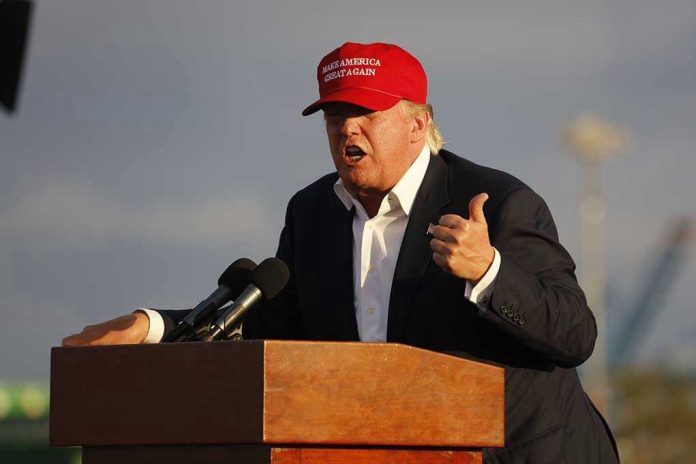
The United States military just crossed a line that hasn’t been crossed since 1989, conducting its 17th lethal strike against suspected drug traffickers in just two months—and the body count is climbing rapidly.
Story Snapshot
- US military killed three more alleged drug traffickers on November 7, marking the 17th lethal strike since September
- At least 70 people have died in these Caribbean vessel strikes over two months
- Defense Secretary Pete Hegseth promises strikes will continue until drug trafficking stops
- This represents the most aggressive US military anti-drug campaign since the 1989 Panama invasion
America’s New War on Drug Boats
Defense Secretary Pete Hegseth announced the latest deadly strike with unmistakable resolve: “Vessel strikes on narco-terrorists will continue until their poisoning of the American people stops.” The November 7 operation killed all three individuals aboard a suspected drug vessel in Caribbean waters. This wasn’t a one-off military action—it was the latest salvo in an unprecedented campaign that began in September.
The numbers tell a stark story. Since September 2, 2025, when the first publicly acknowledged strike occurred, US forces have targeted 17 vessels with lethal force. The casualty count has reached at least 70 deaths, marking the most aggressive use of American military power against drug trafficking since the invasion of Panama 36 years ago.
When Interdiction Becomes Elimination
Traditional US anti-drug operations focused on interdiction—stopping, boarding, and arresting suspected traffickers. Those days appear over. President Trump and his administration have fundamentally shifted strategy from law enforcement to military elimination. Secret target lists have been distributed to Senate Republicans, indicating this campaign has substantial political backing and operational depth.
The legal implications are staggering. These strikes occur in international waters, raising questions about maritime law and sovereignty that haven’t been tested since the Cold War. Unlike previous interdiction efforts that relied on warnings and arrests, current operations shoot first and ask questions later. Military veterans involved emphasize that warnings are given, but the tolerance for non-compliance has evaporated.
Regional Partners Walk a Tightrope
Colombia’s President Gustavo Petro finds himself in an impossible position. His government collaborates with US and French authorities on massive drug seizures—like the seven tons of cocaine seized the same week as the 17th strike—while publicly criticizing American military tactics. This delicate dance reflects broader Latin American concerns about US military overreach in their regional waters.
France has emerged as a key partner, assisting in joint operations that combine traditional law enforcement with intelligence support for military strikes. This European involvement legitimizes American actions while providing crucial operational capabilities. However, regional governments worry about escalation and potential retaliation from increasingly sophisticated cartels like Tren de Aragua.
The Cartel Response Remains Unknown
Drug trafficking organizations have faced interdiction for decades, but never systematic elimination campaigns. The long-term implications remain unclear, but history suggests cartels adapt rather than surrender. Will they arm vessels more heavily? Target American assets? Shift routes entirely? The current campaign assumes fear will drive compliance, but cartels have proven remarkably resilient against previous pressure.
What makes this moment different is the public nature of American resolve. Previous anti-drug efforts operated quietly through diplomatic channels. This administration broadcasts every strike, every casualty, every threat. The message is clear: American waters are now defended with lethal force, international law notwithstanding.
Sources:
US conducts 17th lethal strike against alleged drug boat – WBAL
US conducts 17th lethal strike against alleged drug boat – ABC News
2025 United States military strikes on alleged drug traffickers – Wikipedia










